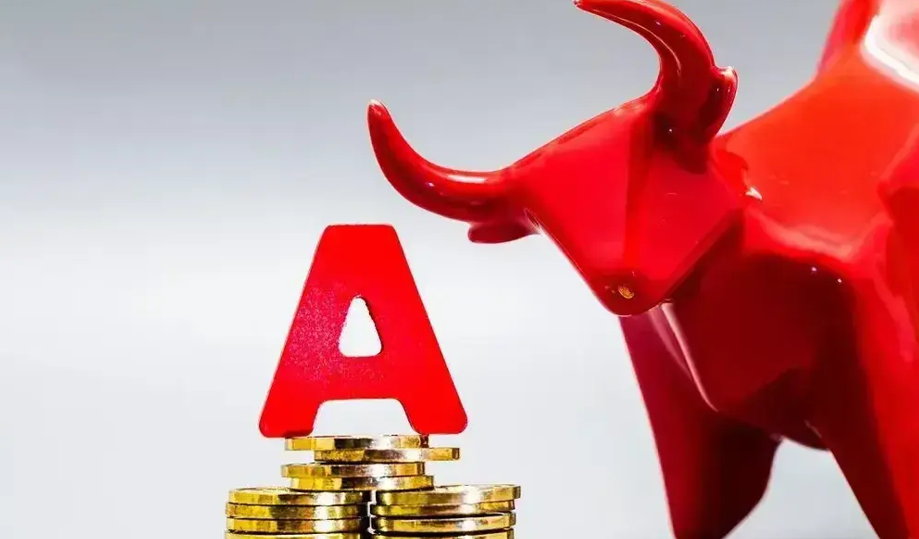The bond market in China is experiencing a remarkable surge, characterized by a philanthropic atmosphere that seems to defy gravityAs of December 16, the debt market has shown considerable strength, with yields on various national bonds touching unprecedented low levelsThe 10-year “24 attached national bond 11” recorded a decrease of 5.75 basis points, dropping to a new low of 1.705%, while the 30-year “24 special national bond 06” fell by 5.5 basis points, settling at 1.9525%. Analysts from leading financial institutions are touting this year as one of the most successful for bond investments since 2019, attributing this performance primarily to a relatively loose liquidity environment that has led to a phenomenon referred to as "asset scarcity." This term indicates a market condition where investors struggle to find suitable investment opportunities, prompting them to turn to bonds for returns.
According to research reports from various brokers, the driving forces behind the declining yields are multifaceted
For instance, banking profits from loan interest accumulate over timeCurrently, the interest from newly issued loans has a negligible effect on profit growth; however, the bond market continues to exhibit a profitable effect, thus some banks are becoming increasingly aggressive in pursuing profits within the bond marketDespite the currently strong sentiment that might indicate a continued rally in the bond market, analysts caution that various risks could emerge, suggesting that a careful and balanced approach is paramount.
Many market analysts are projecting a continued downward trend for interest rates in the near term, as stated by the chief fixed-income analyst for Minsheng SecuritiesThe upcoming year is anticipated to witness a further easing of monetary policies, with a reasonable liquidity environment allowing for broad-based interest rates, including government bond yields, to potentially decline
- Through Rate Cuts, Capital Flees: U.S. Stock Market Faces Volatility
- Nasdaq Hits 20,000: A New Benchmark?
- Silicon Valley Bank Collapse Sparks Financial Crisis Fears
- Polysilicon Futures Launch Upcoming
- U.S. Stock Futures Stabilize
Citic Construction Investment has also weighed in, asserting that we may soon experience a swift downward adjustment in China's risk-free ratesThe rationale behind this premise is rooted in the fact that prior high policy rates kept market rates elevated, and with the recent trend toward lower policy rates, the expectation is that market rates will eventually fall back to more balanced levelsThis transition might then lead to a two-way fluctuation, providing further opportunities for savvy investors.
The dynamics at play have resulted in an intriguing scenario reminiscent of the economic landscape following the 2008 financial crisisHistorical analysis reveals that during that period, the one-year deposit benchmark rate experienced a dramatic reduction from 3.87% to 2.25%, a staggering 40% dropPresently, some experts speculate that a similar trajectory could unfold, potentially impacting the seven-day reverse repurchase rates, which might necessitate a further 60 basis point reduction, propelling them downward to align with broader interest rate expectations
Since 2021, the average spread between ten-year government bond yields and the seven-day reverse repurchase rates has hovered around 70 basis points, indicating a growing anticipation of future interest rate cuts.
However, the sentiment surrounding the bond market is not universally optimisticAnalysts from Huafu Securities suggest that the room for further declines in the 10-year bond yields may prove to be limited in the short termDespite this, the prevailing mood could continue to favor an upward trend in the bond market for the time beingThus, maintaining an average duration in bond portfolios is advised, especially considering the favorable potential for a decline in yields to around 1.7% if liquidity conditions improve substantiallyConversely, should liquidity exhibit volatility, it’s plausible that the 10-year bond yields will remain stable as market sentiment fluctuates.
As the bond market remains fiercely competitive, paradoxically, several institutions have begun to pay more attention to dividend assets, which are regaining their allure

Researchers at Guotai Junan have pointed out that by 2025, a shift in investment philosophy towards dividend-paying stocks may assert itself, influenced by the enduring attractiveness of dividends in a persistently low-interest environmentTheir findings suggest that as the long-end interest rates drop below 2%, an increasing demand for equities and dividend stocks will likely ariseThe core appeal of dividend stocks stems from consistent returns, especially when compared to the diminishing yield on safe-haven assets like government bonds.
Additionally, the investment community is keeping a close eye on the performance of dividend stocksDespite a downturn in major stock indices on December 16, the agricultural bank stocks, such as Agricultural Bank of China and Industrial and Commercial Bank of China, experienced a robust uptick, exemplifying the growing appeal of dividend-paying assets amid a turbulent market landscape